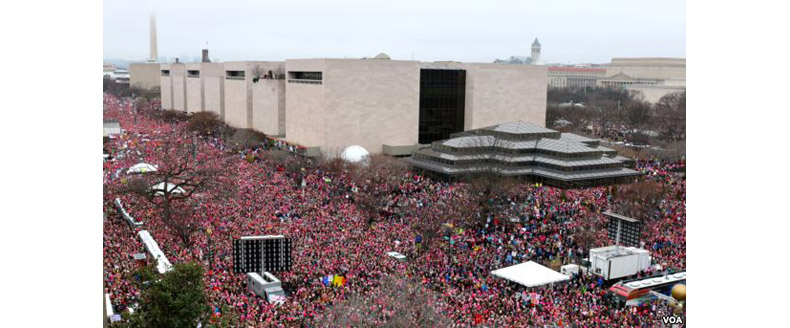Congressional town hall meetings under siege about healthcare? It could be 2009, but it’s not — and the Congressmembers in question are Republicans, not Democrats. Like their Left-leaning colleauges eight years ago, some Republicans are having a hard time accepting that their constituents’ fervor is genuine. To many, the protests and hard questions they’ve faced back home in their districts MUST be being ginned-up by the Professional Left. Those protesters have been paid!
Like Democrats who dismissed Tea Party activists as they prepared to vote to create the Affordable Care Act, Republicans are making a big mistake. Traditional nonprofits and activist groups are happy to get in on the act, but the energy is coming straight from the grassroots. Local activists have plenty of resources to draw on, too, as I argued in a recent Campaigns & Elections column:
…they could build on technology, experience and personal networks built through the Sanders campaign, Black Lives Matter, pipeline protests, Occupy Wall Street, President Obama’s two presidential campaigns and more.
…
Like the revolutionaries in Egypt, Tunisia and other countries convulsed by the Arab Spring, liberal activists have turned to the digital technologies they use in their everyday lives to organize themselves politically.
Tens of thousands of people have signed up for groups organized under the rubric of the Indivisible Guide but driven by local organizers, for example. Many others joined local protests shared via social media and text messages, including some that show a high level of organizing sophistication:
They weren’t just protesting, either: volunteers organized cadres of lawyers at airports to represent people caught on the wrong side of what many characterized as a “Muslim banâ€.
Traditional advocacy groups CAN play a role, though. As I lay out in the C&E piece, they can use this moment to mobilize their own people-power…and recruit new supporters in the process. They can also provide ammunition to protesters in the form of policy info, stories, memes and anything else that a local organizer might be able to run with.
The big question: where are the protests heading, and what can they accomplish? I’d argue that the most important battleground is close to home.
What’s the future for the grassroots anti-Trump activists? Trump certainly won’t listen to them, though they may get under his skin and prompt an overreaction when he sees their work on TV. One key opportunity: to keep Democratic officials from compromising on upcoming votes such as for his new Supreme Court nominee.
Their real target, though, should be their own neighbors: digital tools make each of us an information hub within our social and family circles. The battle between thoseTheir real target, though, should be their own neighbors: digital tools make each of us an information hub within our social and family circles. The battle between those who want to stop Trump’s agenda and those who want to see it enacted will come down to who can win the hearts and minds of voters across the country. We are all communicators now.
Watch the voter turnout in the 2018 midterms. With redistricting right around the corner, breaking the Republican lock on state legislatures and governorships REALLY matters. If the Democrats can deliver a 2010-style smackdown to House Republicans and their state-level colleagues, they’ll owe it to the grassroots. Thanks, Trump!

